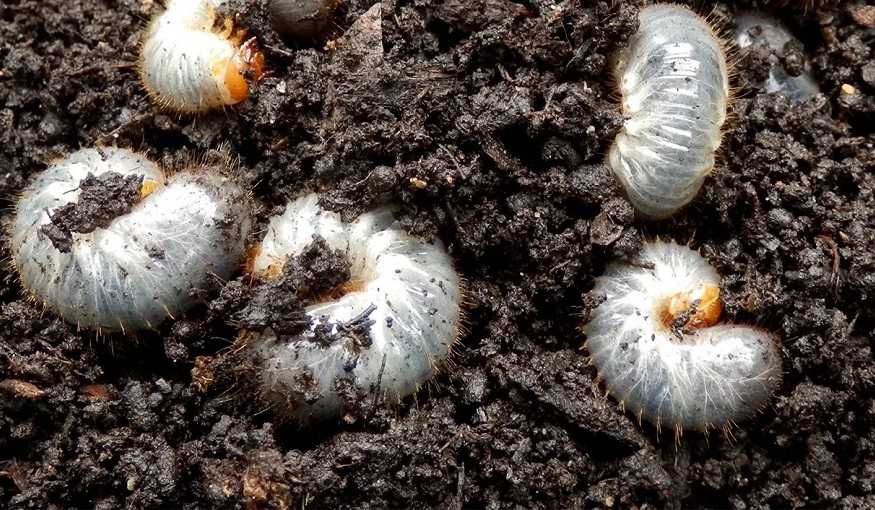
Insects in the soil are difficult to monitor, but listening in on the noises they make could help farmers detect pest infestations and improve estimates of biodiversity.
Carolyn-Monika Görres laughs at the seeming improbability of her own research. She never expected to find herself eavesdropping on beetle grubs living in the soil, much less to be planning a project she now calls Underground Twitter.
Görres, an ecologist at Hochschule Geisenheim University in Germany, is interested in how insects that munch on plant roots can contribute to greenhouse gas emissions from the soil. But in trying to tackle this question three years ago, she was presented with a problem: it’s hard to know what soil insects are munching on, or even how many of them are in the ground, without digging up the soil and destroying the very ecosystem she wanted to monitor.
This dilemma isn’t unique to Görres’ research; monitoring soil insects is notoriously difficult. “There is so little work being done with soil insects, and it’s because it’s really hard,” says US Department of Agriculture researcher Richard Mankin, who has spent much of his career studying the subterranean critters. For farmers whose fields are threatened by soil pests such as white grubs, the voracious larvae of beetles in the Scarabaeidae family that frequently devastate harvests, the only way to confirm an infestation is to excavate their fields.
One approach to monitoring soil insects that scientists such as Mankin and David Chesmore, an acoustics researcher at the University of York, have explored is to listen for the sounds the larvae make. Acoustic monitoring is common among ornithologists surveying rare bird species, wildlife biologists following hard-to-track fauna such as chimpanzees, and entomologists studying above-ground insects such as crickets and cicadas. Soil scientists have spent decades trying to detect white grubs and other crop pests by the sounds they make while moving or feeding, but “sounds in soil don’t travel far,” says Chesmore. As a result, most of the noise that reaches underground microphones, such as the ones Chesmore has spent his career developing, are quiet and indistinct.
Still, Görres needed a way to monitor soil insects for her research, so she teamed up with Chesmore to devise a way to record the sounds of white grubs in the lab. The pair’s experiment consisted simply of “boxes with soil with some larvae in them,” as Görres describes it, with stick-shaped microphones designed by Chesmore pushed down into the dirt. Listening to the initial recordings, Görres heard not only feeding sounds but a series of unexpected chirps. “I heard these strange sounds, so I went to David and he said, ‘Oh my god, those are stridulations.’ We didn’t expect that at all.”
Stridulations are most commonly associated with above-ground insects such as crickets, which produce the noises by rubbing their legs over a hardened, comb-like organ on their bodies. But these sounds are rarely heard in the soil, and haven’t been well studied in white grubs. For Görres, it was a lucky break that completely changed the trajectory of her research. “When I started out, I wanted to measure greenhouse gas emissions. Acoustics was supposed to be just a very minor part of the project, and then it turned into a whole research area itself.”
Follow-up recordings and analyses that Görres and Chesmore published this summer demonstrate for the first time that two species of white grubs, Melolontha melolontha and M. hippocastani, can be monitored by their stridulations. Importantly, the researchers were able to distinguish between the two species just by listening to the patterns of their sounds—M. hippocastani stridulations came in short, staccato bursts, while M. melolontha stridulations were slightly more elongated. They also found that the average stridulation rate per larva increased with increasing abundance of grubs in the container of soil.
The ability to differentiate species within the soil based on their stridulations could be a major step forward both for researchers and for farmers, notes Kyle Wickings, a soil ecologist at Cornell University. An infestation of one particular species of white grub may become problematic for farmers once there are 100 or more larvae per cubic meter of soil, while another species may threaten crops at an abundance of only 10 larvae per cubic meter, he explains. Using stridulations to “not only detect the presence of pests, but also to tell [species] apart and relate that to a management decision is a pretty big deal.”
Görres is hopeful that placing microphones in agricultural fields could one day offer farmers a cheaper and less destructive method to monitor infestations. Wickings says he supports that idea, although he cautions that Görres and Chesmore have yet to attempt to detect stridulations beyond their controlled lab experiment and have not yet demonstrated that it’s possible to accurately estimate the abundance of larvae from the frequency of their stridulations.
In addition, Görres wants to record and analyze stridulation sounds in order to improve estimates of insect biodiversity. As part of her upcoming Underground Twitter study, which aims to determine when and why insects in the soil communicate with one another, she plans to bury multiple microphones in a field to record around the clock for six months. “There are all these insect studies about how biomass is dropping and species are endangered, but these are all about insects above the soil,” she says. “We don’t know much about biodiversity in the soil because it’s so hard to monitor.” Mankin agrees, although he notes that because many soil insects aren’t known to stridulate, relying on stridulations alone could also skew estimates of insect diversity.
Another hurdle in moving acoustic monitoring from the lab to the field is how to deal with the sheer quantity of data the approach generates. For the lab study, the researchers manually analyzed all of the recordings they made—about 12 hours’ worth of audio—by listening for the occasional stridulation and deciding which sounds belonged to which species. “This is the one disadvantage of audio recording,” Görres says. “It produces so much data, at [some] point you cannot analyze it manually anymore.” However, she says she’s confident that automated data analysis, perhaps enabled by machine learning, will be able to pick out stridulations from the recordings and identify which sounds belong to which species in a matter of hours.
Ultimately, Görres hopes to return to the questions about greenhouse gas emissions that she initially set out to answer. “My hypothesis is that the acoustic activity [of white grubs] somehow relates to their metabolic activity,” she says, “so maybe I can use acoustic activity to model greenhouse gas emissions. But right now, it’s just a crazy idea of mine.”

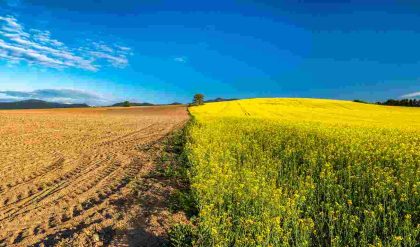
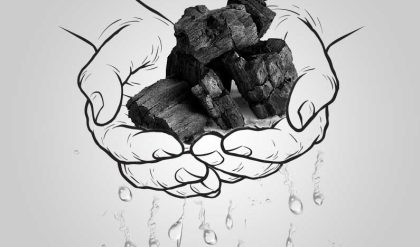
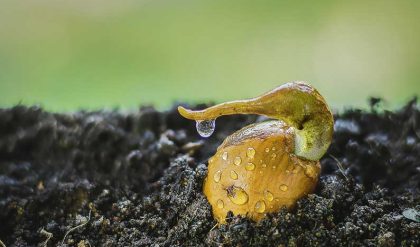

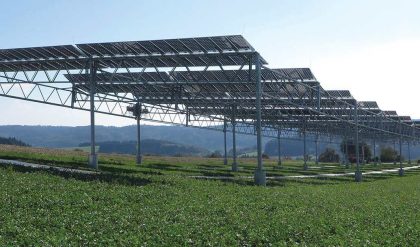
Comments are closed.